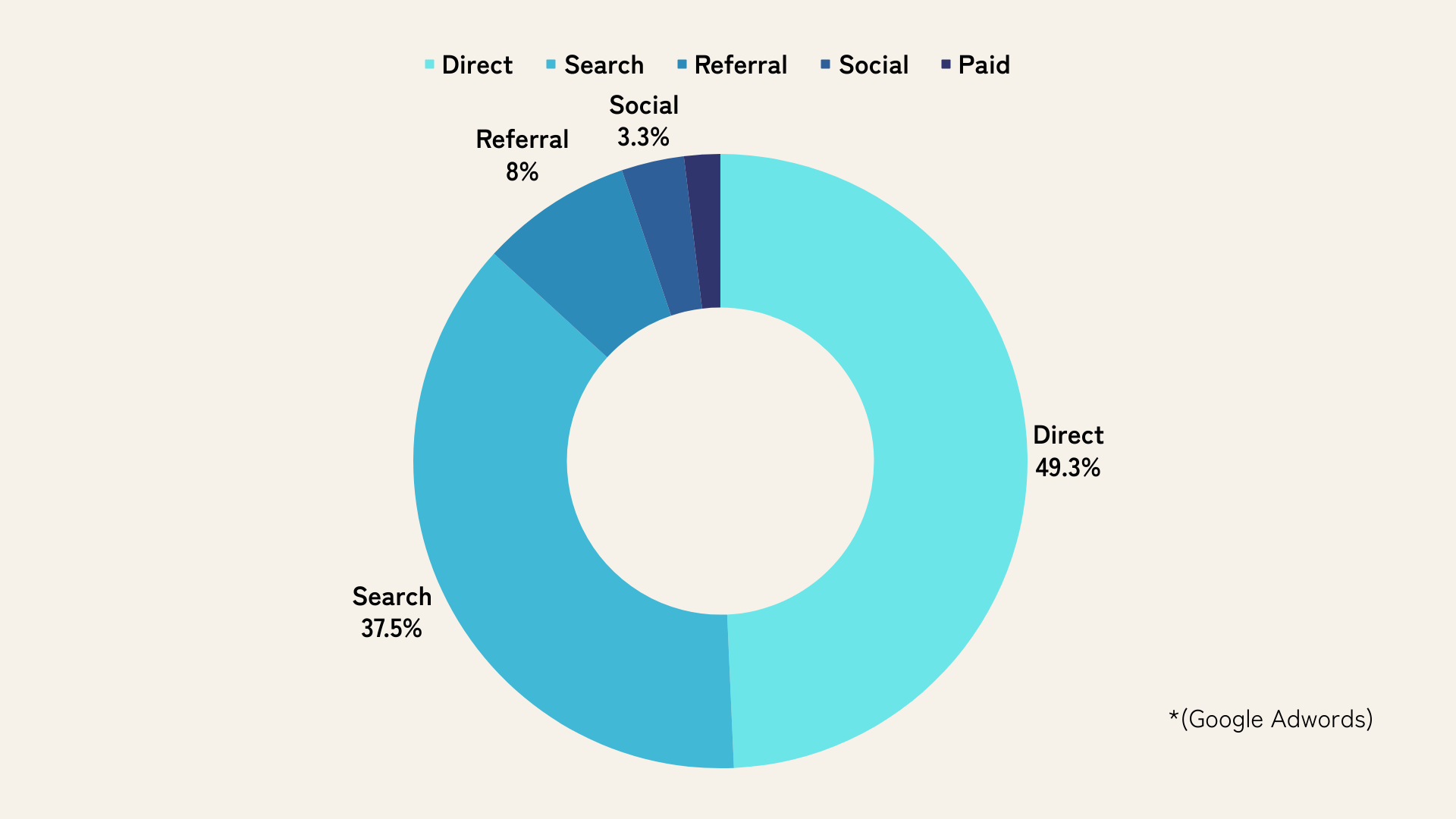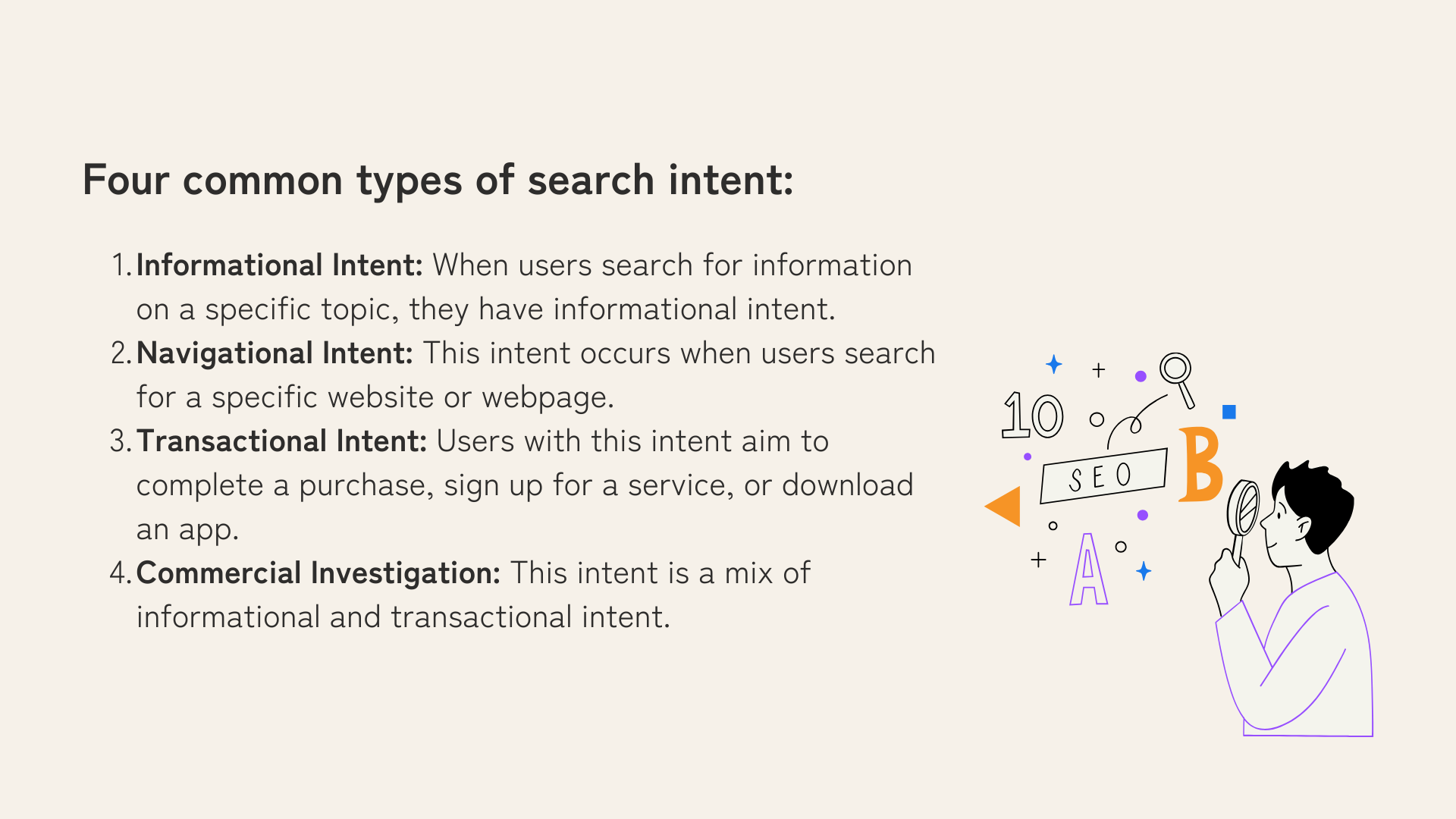Introduction
Are you an entrepreneur stepping into the digital marketplace, or perhaps an existing business aiming to boost your online presence? Then, understanding SEO for ecommerce is crucial.
It’s the key to improving your website's visibility in search engine results, driving organic traffic, and ultimately, increasing sales.
This guide explains the definition, benefits, and practical strategies of ecommerce SEO that every online business owner should know.
Before going further to Ecommerce, read the definition of Ecommerce first to help understand about Ecommerce better. Click here.
Definition of Ecommerce SEO
Ecommerce SEO (Search Engine Optimization) is the process of making your online store more visible in the search engine results pages (SERPs). When people search for products that you sell, you want to rank as highly as possible so you get more traffic.
The objective isn't just about boosting traffic but driving potential customers who are interested in your products, leading to increased sales. SEO covers a range of strategies, all aimed at making your site more appealing to search engines such as Google, Bing, and Yahoo.
A critical aspect of ecommerce SEO involves keyword research. For instance, if you sell handmade leather shoes, the keywords may include "handmade leather shoes" or "quality handmade shoes".
Once you determine the keywords your potential customers use to search for your products, you can optimize your site accordingly.
Other common tasks include site structure optimization to improve user experience, on-page SEO (creating quality content, optimizing page titles, and meta descriptions), technical SEO (enhancing site speed, mobile-friendliness, and creating an XML sitemap for search engines), and off-page SEO (link building from high-quality sources).
As an example, optimizing a product page for your handmade leather shoes may involve creating a descriptive, keyword-optimized title like "Handmade Leather Shoes - High Quality and Durable" and an enticing meta description, "Explore our range of high-quality handmade leather shoes. Perfect for fashion-conscious professionals."
Lastly, SEO isn't a one-time thing but a continuous effort, as search engine algorithms keep updating.
Monitoring performance through analytics and making necessary adjustments is an integral part of ecommerce SEO.
SEO is foundational to an ecommerce brand's success. Without SEO, your website may remain invisible to potential customers searching for your products.
Optimizing your online store for search engines leads to higher visibility, increased organic traffic, and consequently, higher sales and revenues.
The Benefits of Using SEO for Ecommerce Websites
Ecommerce SEO offers numerous benefits that can catapult your online store's success. Let's delve into some of the key advantages.
1. Increased Organic Traffic
Organic traffic refers to visitors that land on your website as a result of unpaid search results. SEO makes your ecommerce website more visible in the SERPs (Search Engine Results Pages), driving a steady stream of organic traffic.
For instance, if your online store ranks high for "handmade leather shoes", anyone searching for these products is likely to find and visit your site.
A research stated that 37.5% of all traffic to ecommerce sites comes from search engines.

2. Highly Targeted Traffic
SEO allows you to attract customers who are actively searching for products you offer. By optimizing your site for specific keywords, you attract visitors with intent to purchase, leading to higher conversion rates.
If your product page for "handmade leather shoes" is well-optimized, it'll attract customers ready to buy this specific product.
3. Cost-Effective Marketing Strategy
Unlike paid advertising, which requires ongoing investment, SEO involves a one-time setup cost and relatively low ongoing costs.
It's a cost-effective strategy, particularly beneficial for small businesses or startups on a tight budget.
The return on investment over time is also usually much higher compared to traditional marketing methods.
4. Build Trust and Credibility
High search engine rankings signal to users that your site is credible and trustworthy. Google and other search engines only want to display reputable, high-quality websites in their results, so ranking high can significantly boost your brand's credibility.
5. Long-Term Success
While SEO isn’t a quick fix, it definitely offers long-term benefits. Once your website ranks well for a particular keyword, it will typically hold that position for a long time, resulting in sustained website traffic.
The Building Blocks of Ecommerce SEO
#1 Keywords: The Importance and How to Research Them
Keywords set the cornerstone of any SEO strategy. They are the terms that potential customers type into search engines to find your products.
The right keywords increase your site's visibility on SERPs and drive more relevant traffic.
Keyword research involves anticipating what your target customers would search for, and it can be done using various keyword research tools such as Google Keyword Planner, SEMrush, or Ahrefs.
Identify the high-volume, less competitive keywords relevant to your products and incorporate them strategically in your content.
#2 On-Page SEO: Optimizing Product Descriptions, Meta Tags, and Images
On-page SEO refers to optimizing individual webpages to rank higher on SERPs. It entails optimizing the content and the HTML source code.
Produce unique, high-quality product descriptions using your researched keywords. Meta tags — specifically, title tags and meta descriptions — should be enticing and keyword-rich.
They help search engines understand your content, influencing your page's ranking.
Images play a crucial role in ecommerce. Optimize your images by using clear, high-quality photos, keeping file sizes low, and using descriptive alt tags encapsulating your target keyword.
#3 Technical SEO for Ecommerce Websites
The Role of Website Structure in SEO
An organized website structure helps search engines understand and index your website, influencing your ranking.
It also simplifies the navigation process, making it easier for customers to find their desired products.
Use categories, subcategories, breadcrumbs, and a well-structured URL architecture to improve your site's organization.
Importance of Mobile Optimization
More than half of all online traffic comes from mobile devices. Google uses mobile-first indexing, prioritizing the mobile version of websites.
Given the shift towards mobile browsing, it's essential to ensure your site is mobile-friendly. Google's Mobile-Friendly Test can provide you with a snapshot of how well your site performs on a mobile platform.
An unoptimized mobile site adversely affects your ranking. Ensure your site is fully responsive, offering a seamless experience to mobile users.
Speed Optimization Techniques
A slow-loading website can lose customers and also harm your rankings. Speed optimization techniques include reducing image size, minifying code, using a Content Delivery Network (CDN), and leveraging browser caching.
#4 Off-Page SEO for Ecommerce
Understanding Backlinks and Their Importance
Backlinks, inbound links from other websites, build your site's authority and trust. High-quality backlinks from reputable websites boost your SERP standings.
Tactics to build backlinks include guest blogging, broken link building, and undertaking PR activities.
Social Media Signals
While social media doesn't directly impact SEO rankings, it can increase brand awareness and generate more inbound links.
Encourage engagement through social share buttons on product pages and leverage user-generated content in your social media strategies.
#5 Content Marketing
Having valuable, engaging content on your website not only hooks visitors but also signals search engines about your site's relevancy.
Ecommerce SEO doesn't have to be daunting. Small, incremental changes can lead to dramatic improvements in your site's visibility and traffic. Remember, SEO is a marathon, not a sprint!
#6 SEO Analytics
Setting up and Using Google Analytics
Google Analytics is a free tool that helps track your SEO results. It provides insights into your website’s organic traffic, explores who your audience is, which pages they visit most, and which keywords led them to your site. It's an invaluable tool for shaping your SEO strategy.
Understanding SEO Metrics
Key SEO metrics include organic traffic, bounce rate, average session duration, page load time, and the number of indexed pages.
Monitoring these metrics helps evaluate the effectiveness of your SEO efforts and informs necessary adjustments.
SEO Best Practices for Ecommerce Websites
When launching an ecommerce store, it's crucial that potential customers can find your site easily -- that's where Search Engine Optimization (SEO) comes in.
To help you navigate this, we'll cover some SEO best practices below:
1. Understand and Match Search Intent
The first step is to identify what potential customers might type into a search engine when looking for your product.
Searches for "buy handmade leather shoes" and "how to make handmade leather shoes" have dramatically different intents - buying and learning.
Understanding this intent and structuring your website's content to match it helps satisfy user's needs and thereby improve your Google ranking.

2. Identify and Use Keywords Strategically
SEO revolves around keywords. For an example, "handmade leather shoes" might be a primary keyword.
Every page of your site should contain a primary keyword which needs to be inserted smartly into title tags, headers, and page URLs. Make sure you don't overdo it.
Tools like Google Keyword Planner or SEMRush can help you find related keywords. For our example, relevant keywords could be "handmade leather shoes," "premium leather shoes," or "durable handmade shoes."
Once you have your keywords, the next step is to use them strategically within your site. Key places to use them include:
- Page titles: Where the topic of the webpage is conveyed. e.g., "High-Quality Handmade Leather Shoes".
- Meta descriptions: The brief description seen on search engine results, e.g., "Shop our wide range of durable and stylish handmade leather shoes today".
- Product descriptions: The product details on your site where you should naturally weave in your primary and related keywords.
- Image alt tags: Descriptive text that helps search engines understand what an image is about.
3. Write Compelling Title Tags & Meta Descriptions
A title tag acts as a clickable headline in search engine results, and a meta description is a brief summary of the page.
Both need to contain the primary keyword and must be compelling enough to draw clicks from searchers.
4. Optimize Your Images
For Google to understand what your images are about, ensure you use clear, relevant file names. For instance, name an image of your product "mens_handmade_leather_shoes.jpg" instead of "shoe_img1.jpg". And don't forget to add concise Alt Text!
5. Speed Up and Optimize Your Site
Search engines favor fast-loading sites. Improve your site speed by optimizing images, using a fast hosting provider, and minimizing the use of heavy scripts or unnecessary plugins.
As more and more shoppers are using their mobiles to shop online, consider to ensure your website is mobile-friendly to give these users the best experience possible. Google also rewards mobile-optimized sites with higher search rankings.
Last but not least, make your URL structure simple and easy to understand. Include important keywords in your URL to tell both search engines and users what the page is about, for example - "www.yourstore.com/handmade-leather-shoes".
6. Craft a User-Friendly Site Structure
A well-organized site enables visitors to move around easily and enables search engines to understand your site's content better.
Simple, straightforward navigation is key. You might have categories like 'Mens Leather Shoes,' 'Womens Leather Shoes:' on your site's main menu.
7. Leverage Your Blog for Content Marketing
A blog is a great place to target long-tail keyword terms, answer customer questions, and offer valuable information on subjects like 'how to care for handmade leather shoes,' attracting those interested in your product, and helps move them towards making a purchase.
8. Get Backlinks
Backlinks are other websites that link back to yours. They improve your site's authority and search rankings.
You can get backlinks by guest posting, working with influencers, or having your product featured on review sites.
9. Set Up an SSL Certificate
An SSL certificate encrypts information passed between your site and its visitors. This is particularly important for ecommerce sites where users' sensitive information like credit card numbers will be entered. Google also favors sites with SSL.
10. Utilize Schema Markup
Schema markup is code you add to your website to help search engines provide more informative results for users.
For example, with schema, product pages can display star ratings, price, or availability directly on search results.
11. Get Product Reviews
Online reviews are essential for ecommerce. Encourage customers to leave reviews for your handmade leather shoes.
Positive reviews can stimulate more sales, and from an SEO perspective, they provide fresh, user-generated content for your product pages.
Remember, SEO is an ongoing process. Regularly monitor your site's performance and make necessary adjustments as needed.
Over time, good SEO practices can drive an enormous amount of targeted traffic to your ecommerce store and greatly enhance your business's visibility and sales.
Conclusion
SEO strategies are an unavoidable part of running a thriving ecommerce store.
Understanding the power of keywords, on-page and off-page SEO, and technical aspects such as website structure, mobile optimization, and speed can significantly improve your store's visibility, drive more organic traffic, and ultimately increase sales.
Embrace these techniques and uncover the immense potential that Ecommerce SEO can unfold for your business.
Remember, SEO isn’t a one-and-done deal; it's an ongoing, dynamic process. Monitor your progress, adapt your strategy as necessary, and over time, see the significant impact on your site's visibility and sales. Happy optimizing!








